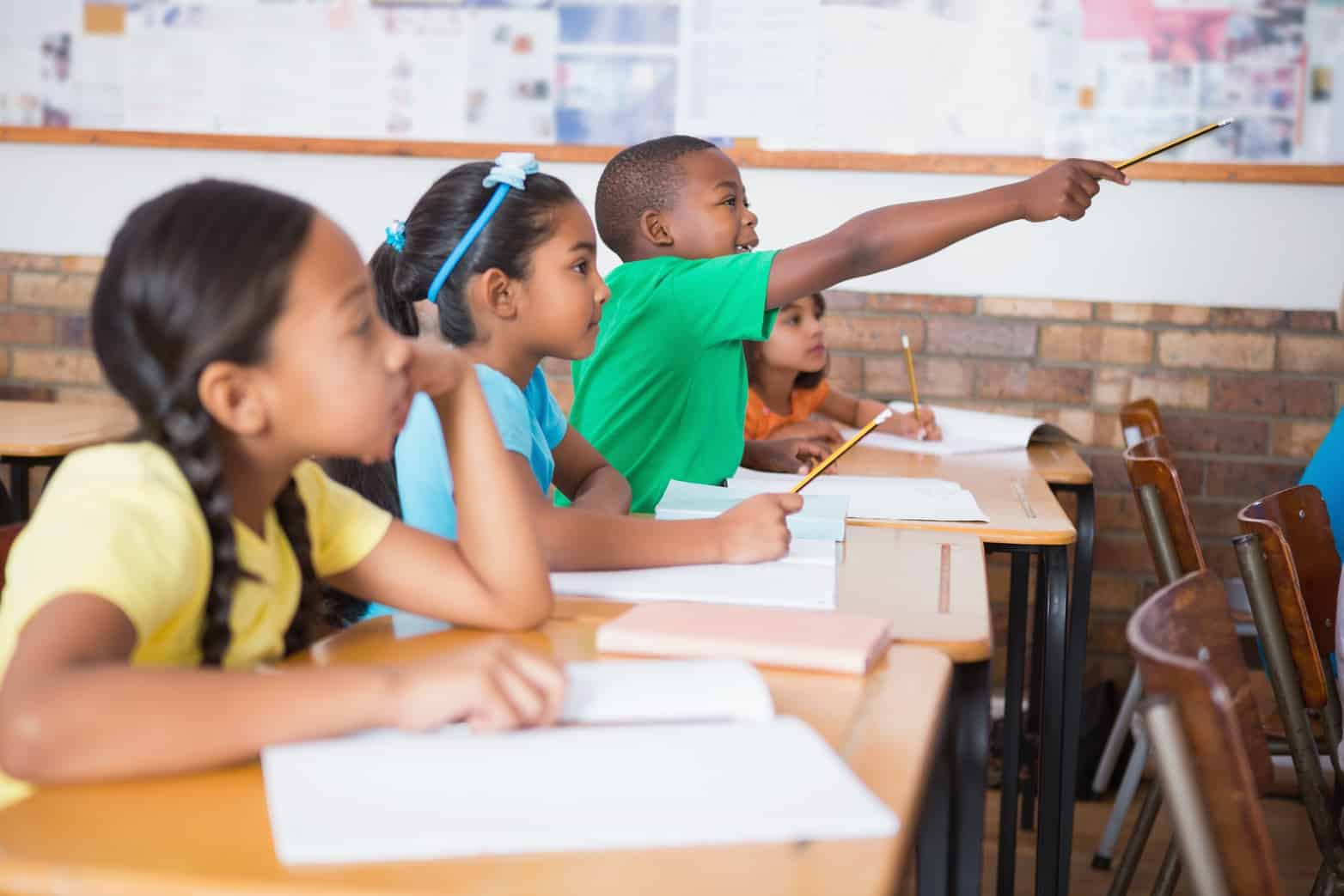This post is the second in a series of posts addressing culturally relevant pedagogy, and how we can move towards culturally relevant practices using standards-aligned instructional materials as a starting point. In this post, Dr. Michael Lowe, Director of Equity & Access for Shelby County Schools in Memphis, shares his insights about using the Historically Responsive Literacy framework, developed by Dr. Gholdy Muhammad in her book, Cultivating Genius: An Equity Framework for Culturally and Historically Responsive Literacy, to create adaptations that center historically and currently marginalized students in the classroom.
Why does this work matter for historically/currently marginalized students?
Culturally responsive teachers recognize the hand of institutionalized racism in their lives and the lives of the historically underserved students they work with. Our work in everyday emancipatory teaching calls on each of us to understand the part that we, as educators, play in the constructed self-identity of our historically underserved students. For some Black and Brown students, the very act of breathing is an act of resistance. Students in our post-pandemic world are fighting for the opportunity to have a sense of belonging. Our Black children bear the weight of carrying the societal tropes that script paths of success only by becoming an athlete or a hip-hop artist. Limited exposure to other paths is unlikely to set students up for success. Students must understand that who they are is important and they matter as individuals. Students must authentically see themselves in their learning, and that means striving for more than a Black character or a depiction of a Latinx child named Felipe.
Teachers must move beyond surface-level attempts to connect to students by creating spaces to disrupt deficit narratives like allowing Black students to believe that all their ancestors passed down to them were enslaved wounds and scars. By challenging the systems of racial inequality and learning from diverse forms of knowledge and experience, teachers can begin designing literacy instruction and education across every subject.
Why do we need to shape the path for culturally responsive and standards-aligned instruction?
Students of color have voiced that the culture and climate of our classrooms must make them feel included and welcomed. The daily mantra of, “Nothing about us, without us” rings clearly in our ears when we respond to historically underserved students. Teachers of color often feel disconnected from the curriculum they are assigned to teach and disempowered to approach their pedagogy in a creative way that is meaningful for their students. This calls for us to reach beyond standards and link our standards-based instruction to the pursuit of identity, skills, intellect, criticality, and joy (developed by Dr. Muhammad in her book Cultivating Genius: An Equity Framework for Culturally and Historically Responsive Literacy) in our curriculum. Let’s unpack these a little bit:
- Identity leans in to supporting students with making sense of who they are and the role they play in the world.
- Skill deals with the development of proficiencies within and across content areas.
- Intellect serves as a way to gain knowledge through literacy.
- Criticality is the pursuit of developing the ability to understand power, equity, and anti-oppression through the use of both print and non-print texts.
- Joy allows students to seek and uncover the joy in themselves and others.
Literacy is a synonym for education, therefore emancipatory education allows us to use an equity lens to center the standards needed for teaching and learning. When my work as a middle school literacy teacher was just beginning, there were units and scripted questions to ask, along with standard chapter review questions at the end of text. Standards-based instruction is simply based on the fixed mastery of learning standards. The process of collaborative planning with literacy teachers and our consideration of a school’s curriculum is a major key to develop culturally responsive teaching units and lessons.
When shaping the path, we were guided and given the keys to reimagine and unearth our own brilliance in a new lesson design. I learned that the freedom to cultivate the intellect of Black and Brown children has been stymied by lessons that have lost their meaning. As an educator, I needed to engage in a critical stance and interrogate my identity and skill to develop students. Engaging the heart and mind in working with other teachers brought me to attend more to the context and conditions in my school and community. I also learned and unveiled a deeper understanding of who I am, and how I show up to school every day in the midst of a global pandemic submerged in matters of social unrest.
How do we build a bridge to refine and rewrite emancipating lessons?
Embarking on our new mission to create culturally and historically responsive lessons birthed a newfound desire for healing, freedom, and connection. There is a feeling for community and a spirit of belonging as we plan to cultivate genius.
We worked to consider the backgrounds of our students and their relation to power, privilege, and oppression. Literacy must be connected to our students as an act of self-empowerment, self-determination, and self liberation.
Educators have to ask, “What will I be held accountable for as an educator in this lesson, and how does my everyday instruction speak to high standards and love for Black and Brown students?”
The lesson must help our historically marginalized students become more critical of equity and anti-oppression in the text, society, and the world.
The commitment to do more liberatory teaching disrupts the structures of injustice, and the power and joy for children and teachers will erupt in our classrooms.
To read more about the process for refining and rewriting emancipatory lessons and prototypes developed through this work, click here.


















